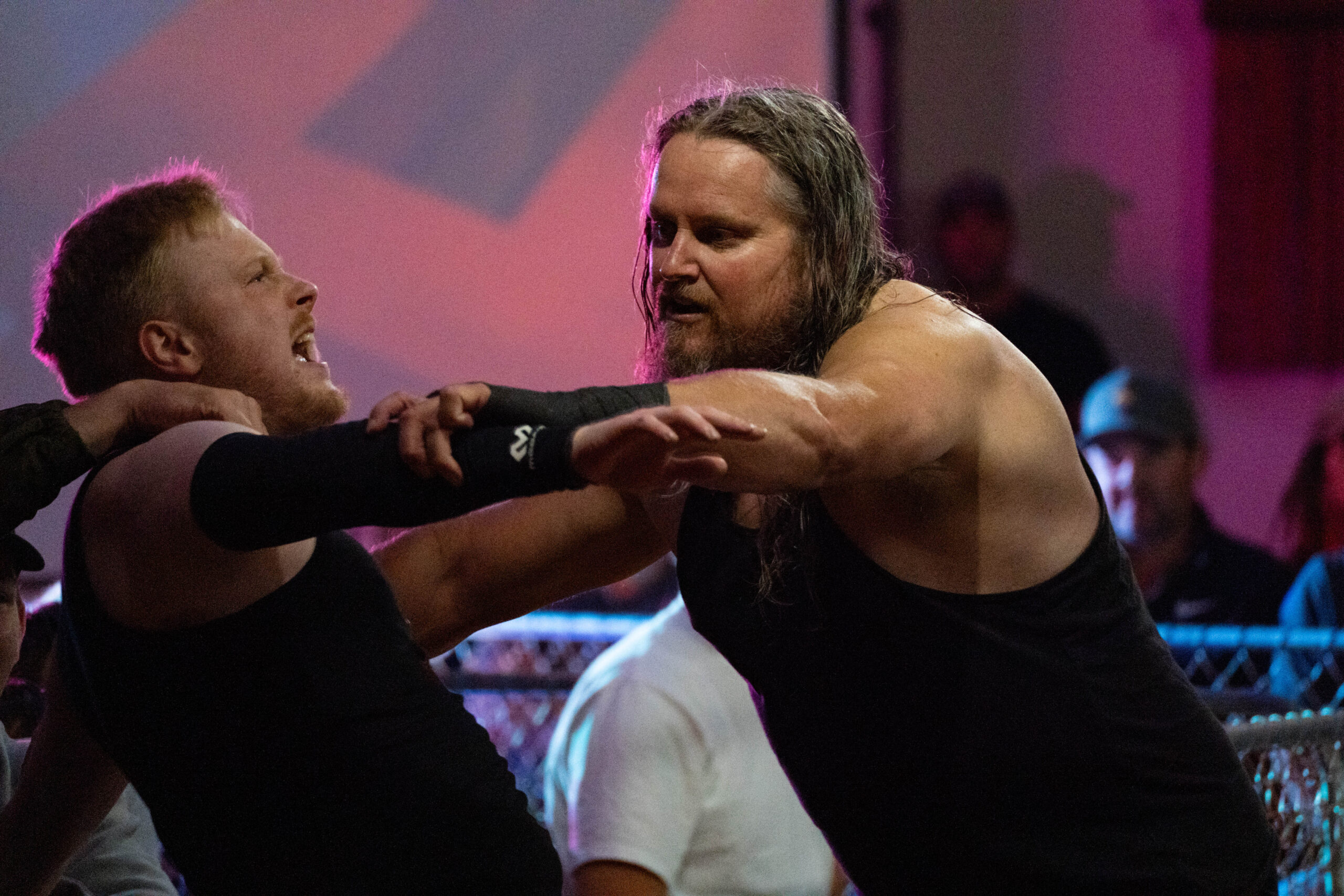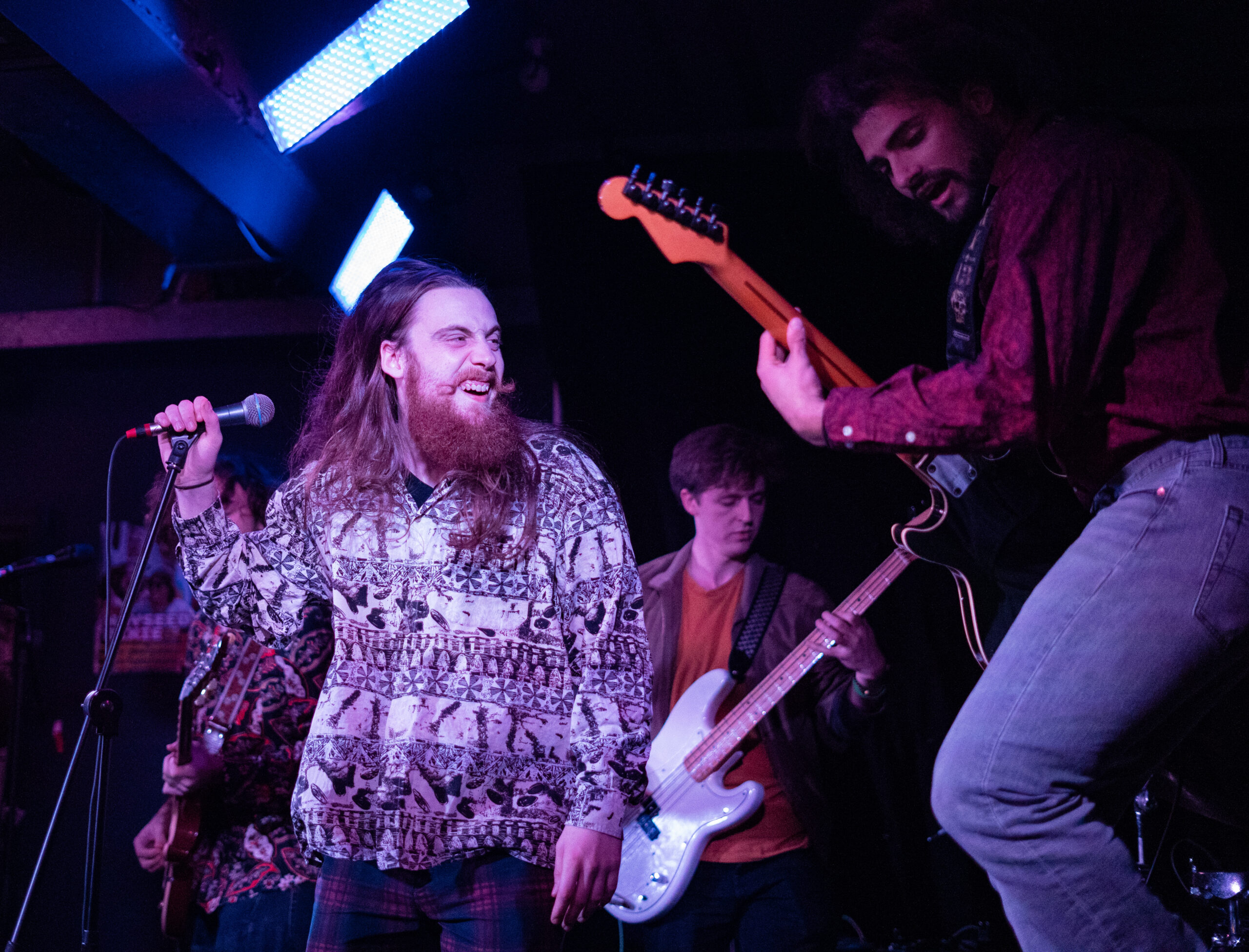Getting It Wrong: The Seven Deadly Sins of Ringside Filming
So, you’ve decided to film your wrestling show. Fantastic! You’ve got the talent, the venue is booked, and the buzz is building. But let’s be real for a second; capturing a wrestling show isn’t quite as simple as hitting the big red record button and hoping for the best. In fact, it’s dead easy to get it wrong. Really wrong. We’ve all seen it: the footage that’s so dark you can barely see the wrestlers, the sound that’s just a wall of static, or the camera work that gives you motion sickness.
These aren’t just little hiccups; they’re critical errors that can make a five-star match look like a training session and a red-hot crowd seem half-asleep. This can seriously damage your brand’s reputation and make it a thousand times harder to sell tickets for the next show.
But don’t you worry! We’re about to run through the seven deadliest sins of wrestling videography. Think of this as your guide to dodging the technical pitfalls and creative calamities that can turn your masterpiece into a mess. Let’s get into it.
Mistake #1: The Lone Gunman (a.k.a. The One Camera Setup)
This is probably the most common blunder in the book. You set up a single camera on a tripod at the back of the room, get the whole ring in the shot, and think, “Job’s a good ‘un.” While you might capture everything that happens, you’ll capture absolutely none of the drama. A single, static wide shot is a proper snooze-fest. It makes the action feel distant, flat, and completely devoid of energy.
Think about it: where’s the close-up of the heel taunting the crowd? Where’s the ringside shot that shows the sheer impact of a suplex? Where’s the cut to the tag partner desperately reaching for the hot tag? All those crucial storytelling moments are completely lost. Your audience at home feels disconnected from the action, like they’re just watching it from the worst seat in the house.
What’s more, you have zero safety net. If a fan stands up and blocks the view for ten seconds, that’s it. The winning pinfall is gone forever. If your camera has a momentary glitch, you’re stuffed. This single-angle approach is a classic blunder in amateur wrestling filming, and it’s the quickest way to make your show look exactly like that: amateur.
Mistake #2: Treating Audio Like an Afterthought
Here’s a golden rule: bad audio will kill good video stone dead. Every single time. You could have the most beautifully shot, multi-camera masterpiece, but if the sound is a tinny, distorted mess, your show is borderline unwatchable. It’s a mistake that countless promotions make. They’ll spend ages getting the visuals right, only to rely on the camera’s rubbish built-in microphone.
What’s the result? That thunderous superplex you see on screen is accompanied by a distant, muffled thump. That deafening chorus of boos for the heel sounds like a few people humming in the next room. The crisp, wince-inducing thwack of a chop is lost entirely to a wall of fuzzy background noise. Pro wrestling is all about impact and atmosphere! The sound of the mat, the roar of the crowd, and the wrestlers’ trash talk are all part of the performance. When you lose that, you lose half the story.
It’s a classic rookie error in wrestling videography to focus so much on the visuals that the sound becomes a complete afterthought. Without clean, impactful audio, you’re not just doing your talent a disservice; you’re robbing your audience at home of the visceral feeling of being there live.

Mistake #3: Wrestling in the Shadows (a.k.a. Awful Lighting)
Many indie shows happen in venues that are perfect for wrestling but a proper nightmare for video: community halls, social clubs, and leisure centres. The mistake is assuming that just because the live audience can see the action, a camera can too. Big mistake. A camera needs a lot more light than the human eye to produce a clean, crisp image.
When you just rely on the venue’s bog-standard fluorescent lights, you get a whole host of problems. Firstly, it just looks cheap. The footage often comes out looking murky, grainy, and flat, immediately screaming “amateur hour” to anyone watching online. All the vibrant colours of your wrestlers’ gear turn into a dull mess, and the atmosphere just evaporates.
Worse still, you lose all the detail. The dramatic facial expressions during a submission hold? Lost in the shadows. The intricate design on a championship belt? A blurry smudge. Inconsistent lighting, with bright spots and dark patches across the ring, is even more distracting. Proper lighting is one of the most transformative elements in wrestling filming, yet it’s so often ignored. It’s the difference between a show that looks like a big deal and one that looks like it was filmed in a shed.
Mistake #4: The Soulless ‘Move-for-Move’ Replay
This one is a bit more subtle than the others, but it’s just as damaging. It’s the mistake of filming the moves, but completely missing the story. The camera operator successfully captures every hold, every strike, and every slam. Great. But they’ve created a soulless replay, not an exciting wrestling match. They’ve forgotten that the real magic happens in the moments between the moves.
What about the shot of the crowd gasping in shock after a sudden kick-out at two? What about the intense close-up on the villain’s face as they cheat behind the ref’s back? Or the desperate, exhausted expression of the hero trying to crawl towards their corner? These are the moments that create real drama and get the audience invested! A camera operator who just follows the bodies around the ring is missing the heart and soul of the performance.
It’s the difference between documenting an event and telling a story. A simple wide shot of a pinfall tells you what happened, but it tells you nothing about the struggle, the emotion, or the stakes. This is what separates a basic camera operator from someone who truly understands the art of wrestling videography. They know how to use the camera to make the audience feel something.
Mistakes #5 & #6: No Branding and No Game Plan
These two are huge own goals that happen after the cameras have stopped rolling. You can have the best-looking footage in the world, but if you commit these errors, you’re massively limiting its impact and reach.
First up is the sin of no branding. This is when a promotion releases “naked” footage with no logos, no graphics, not even wrestler nameplates. It looks unfinished, but worse than that, it’s a marketing nightmare! If a clip of an amazing high spot from your show goes viral on social media, how does anyone know it was your show? They don’t. You get zero credit. Stamping your brand on your video content is essential for building recognition and making sure you benefit from every single view.
The second, related mistake is having no game plan for the footage. Many promoters just get the full show, upload it, and that’s it. Job done. This is a massive waste! The real value is in the mountain of extra content you can create. You need a plan to chop that main show into shareable social media clips, wrestler-specific highlight reels, and hype packages for your next event. It’s a massive shame to invest in quality wrestling filming only to fall at the final hurdle by not planning what to do with it.
Common Gaffes & Quick Fixes in Wrestling Videography: An FAQ
Q: Okay, so what’s the seventh and biggest mistake of all?
A: Honestly? It’s trying to do it all yourself on the cheap. Nearly all the mistakes we’ve covered, from bad sound and lighting to a lack of storytelling, stem from not bringing in a professional who understands the unique challenges of filming pro wrestling. It’s easy to think you’re saving a few quid by doing your own wrestling filming, but it often costs you far more in the long run through a damaged brand reputation and missed opportunities for growth.
Q: My venue’s lighting is awful. What’s the most budget-friendly way to improve it?
A: You don’t necessarily need a full, television-style lighting rig. Often, just a couple of well-placed, powerful LED light panels can make a world of difference. They can add a spotlight to the ring, fill in the dark corners, and help separate the wrestlers from the background. Talk to your videographer about it; many will have their own portable lighting solutions they can bring along.
Q: I want to get more social media clips. Should I just screen-record them from the full video?
A: Please don’t do this! The quality will be terrible and it looks incredibly unprofessional. The best way is to plan ahead. Either make notes during the show of specific high spots you want as clips, or ask your videographer if they can pull out the best moments as part of the editing package. Getting properly exported, high-quality clips is a simple step that makes your brand look a million times more professional online.


